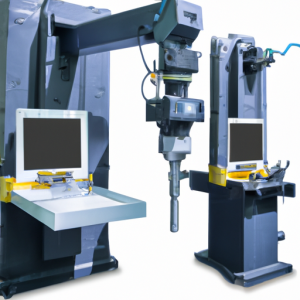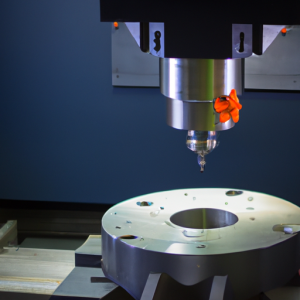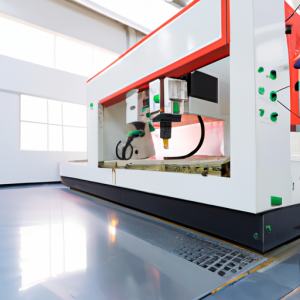CNC (Computer Numerical Control) machine centers are used to create precision parts and components for a variety of industries. They are used in the manufacturing of everything from medical devices to aerospace components. Designing for CNC machine centers requires a thorough understanding of the capabilities of the machine and the materials being used.
The first step in designing for CNC machine centers is to create a CAD (Computer Aided Design) model of the part or component. This model should include all of the necessary dimensions and features that will be machined. The CAD model should also include any additional features that may be needed for assembly or finishing. Once the CAD model is complete, it can be used to generate the necessary G-code for the CNC machine.
The next step is to select the appropriate tooling for the job. This includes selecting the right cutting tools, such as end mills, drills, and reamers, as well as the right type of material for the job. The material should be chosen based on the strength and durability requirements of the part or component.
Once the tooling and material have been selected, the next step is to program the CNC machine. This involves entering the G-code generated from the CAD model into the machine’s controller. The G-code will tell the machine how to move the cutting tool and how deep to cut into the material. It is important to ensure that the G-code is accurate and that the machine is set up correctly before beginning the machining process.
Finally, the machining process should be monitored closely to ensure that the part or component is being machined correctly. This includes checking the accuracy of the cuts, the speed of the machine, and the quality of the finished product. If any issues arise during the machining process, they should be addressed immediately to ensure that the part or component is machined correctly.
Designing for CNC machine centers requires a thorough understanding of the capabilities of the machine and the materials being used. By following the steps outlined above, designers can ensure that their parts and components are machined correctly and to the highest quality standards.





